hardy - a 49ft summers & Payne cutter built 1910


HARDY is a powerful, fast cruising boat.
Hardy is a good example of an ‘extended’ restoration, where the work was carried out in financially manageable chunks, with breaks of several months between, which allowed not only for her owner’s finances to recover, but also for useful forward planning and sourcing of materials and fittings (and for me to attend to other customers’ work).
Pete Graham had already put almost a whole set of new deck beams into Hardy, as well as a new stem and a ply sub-deck when I came to the job. My first job was the laying of a teak deck, and then the rails which are 5in. deep at the stem, tapering away to nothing but the thickness of the capping at the stern.
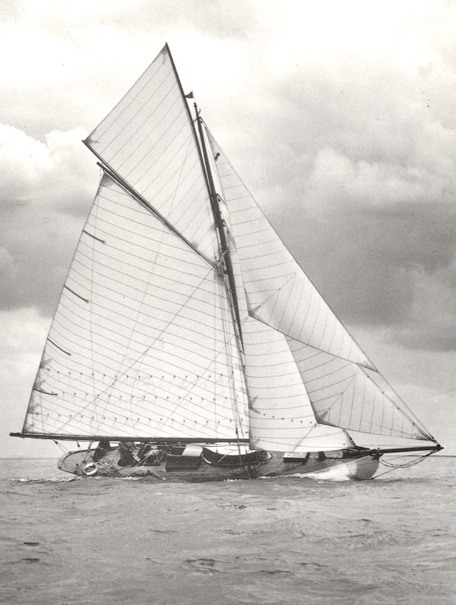
Hardy in her second season after the rebuild. Forehatch and after skylight are yet to be built. Photo: Den Phillips
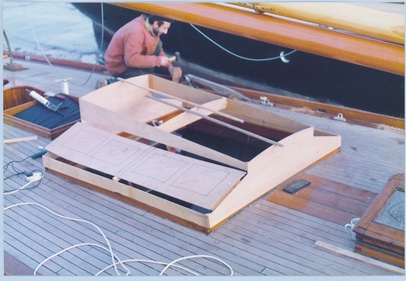
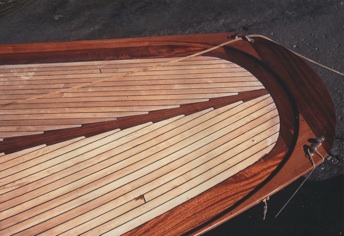
A 55ft hollow mast and 37ft boom were built from Doug Fir, with a gaff from hollow spruce. The bowsprit was also Doug Fir. Topsail spars the owner managed to procure from an abandoned project. With no record of the original rig, it was decided to follow as closely as possible the proportions of the Clyde 20-ton One Design Class, a slightly larger cutter designed by Mylne in 1899.
While riggers and sailmakers got on with their work, I turned my attention to the main companionway hatch.
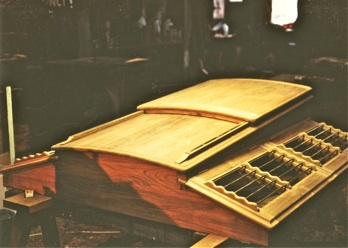
Sailing the first season without an engine, we learnt a lot about the boat, and the rig, progressing to topsails and spinnakers in the second season.
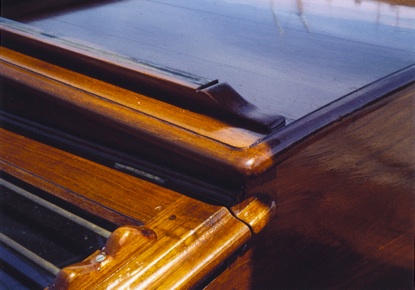
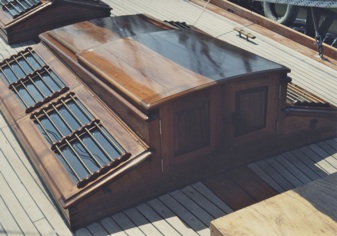
Companionway hatch detail and final finishing in workshop...
...and on its coamings on deck
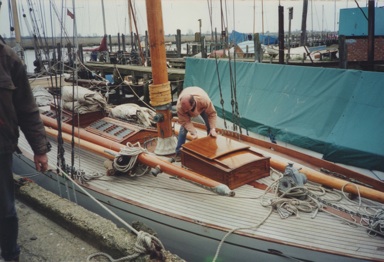
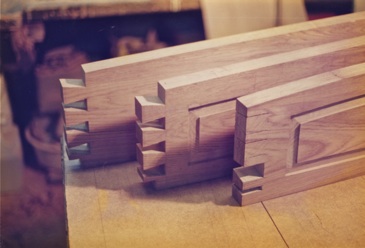
The after skylight was next, followed by the forehatch, completing the deck joinery for the time being. The raised and fielded ‘panels’ in the forehatch (below) are actually cut from the solid teak, copying a detail on another Summers & Payne yacht we studied.
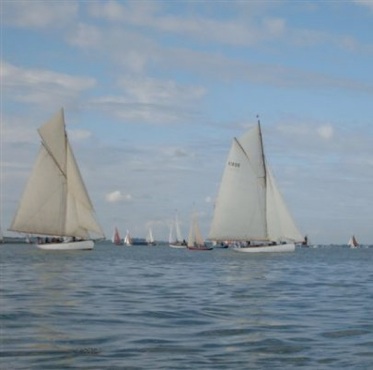
A rare photo of Hardy (left) and Kismet together. Although her rig appears taller and narrower than Kismet’s because of the jackyard and jib topsails, Hardy in fact retains the period sail plan which is lower aspect, with longer base.
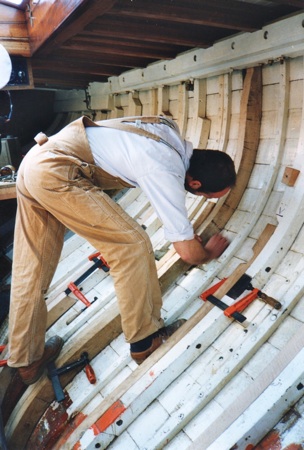
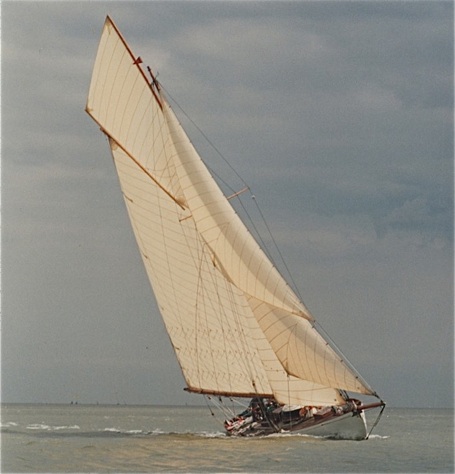
photo: Paul Janes
Working with the owner, great care was taken over the proportions of this hatch and its integral skylights. Other yachts (including Patna) were studied, and the moulding details and skylight bar holders were copied from the one remaining original skylight. The plywood mock-up (left) was part of the process.
Periodically, the ‘pretty’ work on deck had to be suspended while structural considerations took precedence. Here some grown oak futtocks are being replaced.
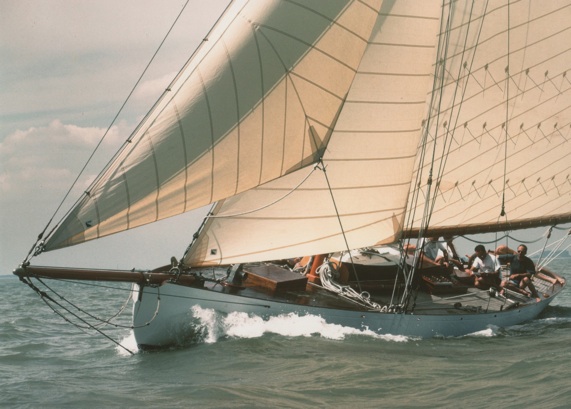
photo: Paul Janes